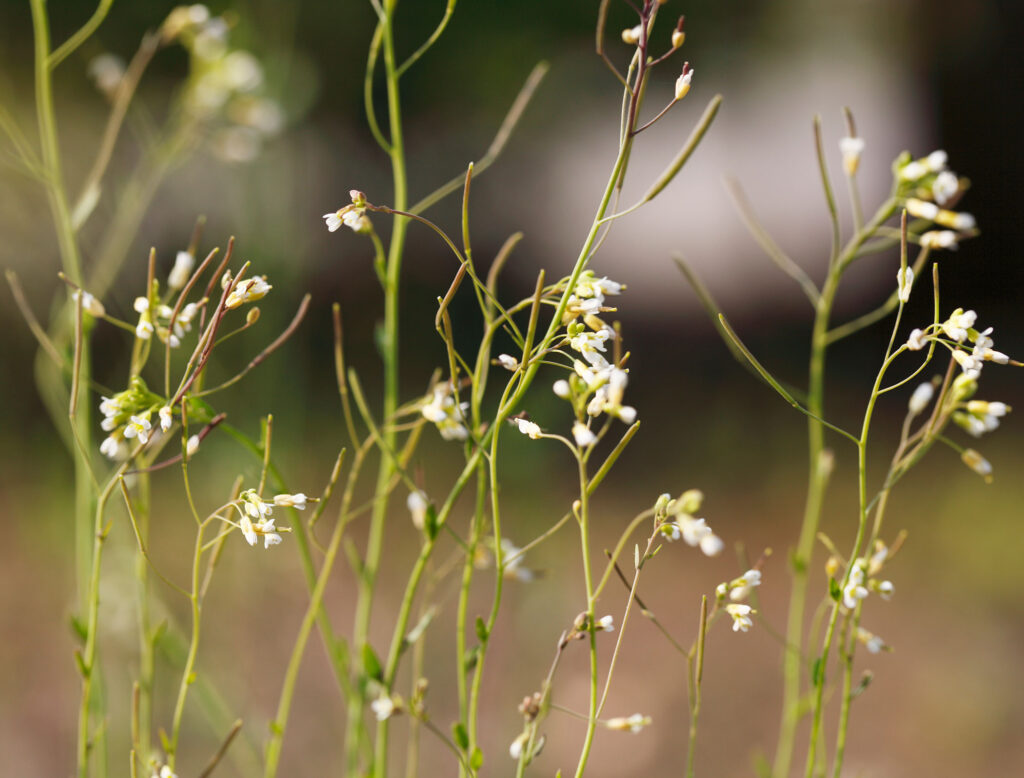Researchers at the University of Georgia have identified a promising approach to addressing a longstanding challenge for plant geneticists: balancing disease resistance and growth in plants.
The breakthrough could help protect plants from disease in the future while also promoting higher biomass yields to support sustainable food supplies for both humans and animals, production of biofuels and lumber, and more, according to the new study.
“Combating pathogens has been a top challenge in agriculture,” said C.J. Tsai, corresponding author of the study and a professor in UGA’s Warnell School of Forestry and Natural Resources and Franklin College of Arts and Sciences. “Solutions that balance disease resistance and growth are much needed, especially with the ever-increasing disease pressure due to climate change.”
Salicylic acid enhances disease resistance. Until now, that came at a cost.
Salicylic acid is a well-known plant hormone that plays a vital role in enhancing disease resistance and tolerating stressors like extreme temperatures.
Increased salicylic acid levels, however, typically suppress plant growth, making it difficult to implement salicylic acid-based disease management in agriculture. Previous studies attempting to genetically modify plants to increase production of the acid faced obstacles.
In a a few years ago, members of Tsai’s lab demonstrated salicylic acid’s impact on stress and disease resistance in poplar trees without compromising the plant’s growth. They applied this same strategy to the model plant in the new study, the thale cress, creating a new version of the plant with an added gene and increased levels of salicylic acid.
At first, the researchers didn’t notice much of a growth tradeoff.
“We thought maybe the tradeoff had to do with how the salicylic acid increase was engineered,” Tsai said. “Then suddenly we’d have a batch of plants that were really tiny. We didn’t know what was going on. We ran a large experiment over the winter holiday, thinking that we’d take a break and let our plants grow.”
After their break, the researchers returned again to smaller-than-normal plants.
“It was so frustrating. Then, I was in my hot yoga studio that cold January day, and it just struck me,” Tsai said. “It had something to do with the winter.”
Digging through their notes, the researchers saw a correlation — colder temperatures and colder (tap) water for the plants typically resulted in smaller plant growth. In the present study, the researchers mitigated the impacts of the temperature by modifying specific cold-regulated genes involved in the temperature response.
These genes help protect the plant from stressors like low temperatures or drought. But Tsai and her team realized the cold-regulated genes responded negatively to the salicylic acid meant to protect the plant against disease. By “severing” the salicylic acid-responsiveness of these genes, the plants were able to maintain normal growth even with elevated acid levels.
“In many cases, we saw improved growth,” Tsai said.
New technology may enable farmers to keep plants safe from pests while not compromising growth
This discovery could have significant implications for crop productivity.
Salicylic acid-based strategies have long been known to enhance resistance to pests and pathogens, but practical applications were hindered by the reduction in yield.
This study offers a method to separate growth suppression from the defense response, opening the door to use both salicylic acid and cold-regulated genes in agriculture without compromising crop success.
The team is already expanding its research by testing the approach on other crops like alfalfa, the “queen of forages.” The researchers will test the plant’s ability to grow with limited water and nutrient supply. If successful, the technology promises to generate climate-resilient crops.
This work, published in Plant Cell, was partially supported by the Georgia Research Alliance, the National Science Foundation and the National Institute of Food and Agriculture. Co-authors on the paper include María Ortega, Rhodesia Celoy, Francisco Chacon, Yinan Yuan, Liang-Jiao Xue, Saurabh Pandey, MaKenzie Drowns and Brian Kvitko.
